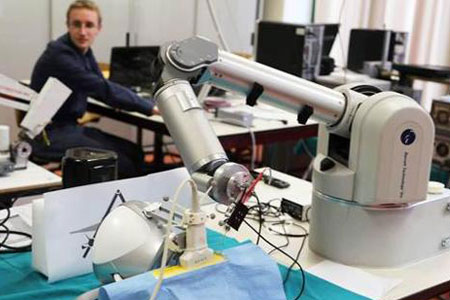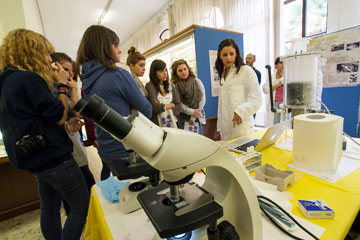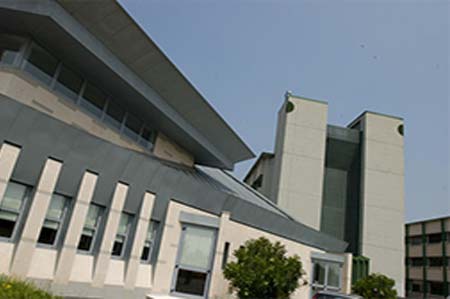Learning outcomes
Module:
-------
This course provides a framework of scientific concepts and a detailed overview of applications of nuclear magnetic resonance (NMR) techniques. Students learn about one of the most versatile biophysical techniques in life sciences, developing the ability to understand the principles of solution- and solid- state spectroscopy, and of MR imaging. Through presentation of the methods and discussion of case studies, students acquire the fundamentals to manage a broad spectrum of topics. These include: determining structure and dynamics of small and large biomolecules as well as of their supramolecular assemblies, assessing the quality of biotechnological products, investigating the physiological or pathological states of biomolecules, monitoring perturbations to metabolic profiles and identifying biomarkers of disease, applying medical imaging for diagnosis and staging of disease.
Syllabus
Module:
-------
Basic physical principles. The NMR spectrometer. The 1D experiment. NMR observables. Spin relaxation. Heteronuclear correlation. Multi-dimensional NMR spectra.
Analysis of low molecular weight compounds. Common NMR parameters. Assignment strategies. Chemical exchange. Spectral databases.
NMR in metabolomics. Analysis of complex metabolite mixtures in biofluids. Sample preparation methods. Metabolite identification. Metabolic fingerprinting. Multivariate statistical analysis. Diffusion ordered spectroscopy.
Protein NMR techniques. Isotope labelling strategies. Assessment of sample purity, folding, aggregation state. Residue-specific resonance assignment. Protein mobility. Structure determination.
Interaction studies. Protein interactions with ligands and partner proteins. Relaxation and saturation transfer methods. Chemical shift mapping and structure-activity relationship (SAR) by NMR.
In-cell NMR. Exploring biomolecules in physiological environments. Physicochemical properties of cells. Crowding and confinement effects. Intracellular protein delivery. Recombinant protein expression. Sample preparation methods. NMR in E. coli, oocytes, human cells.
Solid-state NMR. Anisotropic interactions. Magic angle spinning. Applications to membrane proteins and fibrils.
Magnetic resonance imaging. Magnetic field gradients and slice selection. Basic imaging techniques. Contrast in MRI. MRI in the clinics. Molecular MRI.
There are tutorials on the analysis of NMR spectra of small molecules and proteins, methods of transformation of the spectra, NMR experiment setting, sample preparation







